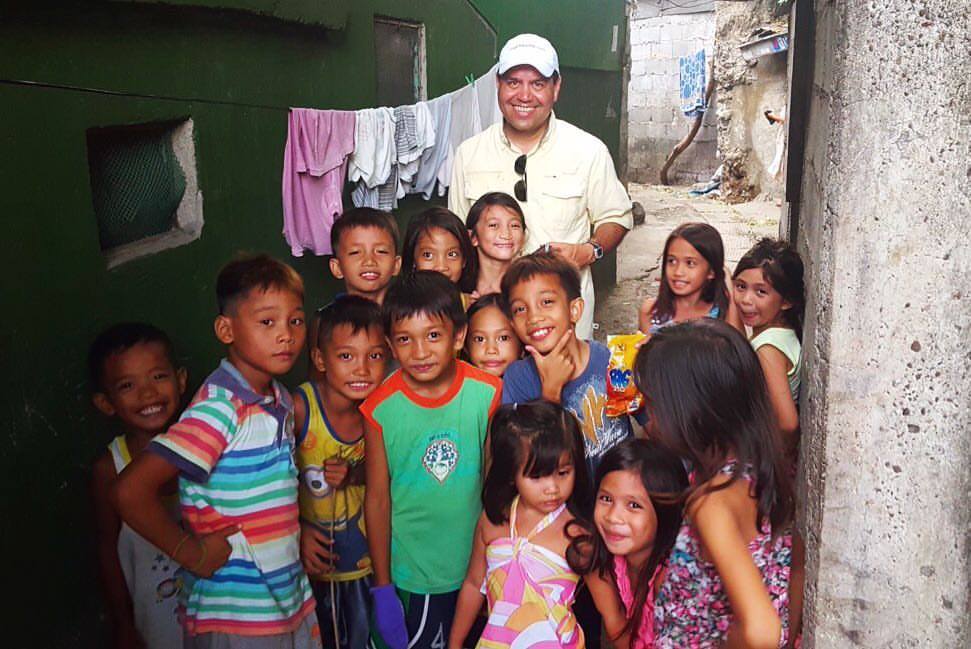Logging into Ancestry.com to view the results of a DNA test, Robert Ycmat wasn’t quite sure what he was going to discover. Once he got the results, they confused him even more.
“The results were interesting,” Ycmat said. “Everything seemed pretty standard, but what confused me the most was how they defined me as South Asian/Pacific Islander. I always just considered myself Asian!”

This question is one that many have wondered themselves. Are Filipinos considered Pacific Islanders?
Even when searching for Filipino news on the Pacific Citizen website, hundreds of articles appear talking about politics, food and even Hollywood news in the Philippines.
Rumors have spread that the U.S Census Bureau has officially decided to classify Filipinos from Asian to Pacific Islanders, but according to the Census Bureau’s official website, “The Census Bureau has no current plans to classify Filipinos outside of the Asian race category.”
According to the Bureau, the Philippines are legally concerned to be a part of Asia. So doesn’t that answer the question?
The Philippines consists of 7,000 islands and it was Spain that officially tied them all together into one country in the 16th century. The islands start from the north, by Asia, and slowly slant downward toward the east, closer to the Pacific Islands.
Because of this odd gathering of the islands, many Filipinos from the north classify themselves as Asian, whereas those who live in the southeast islands will sometimes classify themselves as Pacific Islander.
“Although I always considered myself Asian,” Ycmat said, “Filipinos have created a culture that is much closer to the traditions of the Pacific Islanders than Asians.”
Susi Feltch-Malohifo’ou, the executive director of Pacific Island Knowledge 2 Action Resources, said, Pacific Islanders consist of Native Hawaiians, Samoans, Chamorros, Fijians, Marshallese and Tongans.
What really brings all these different nationalities together are the unique cultures of the Pacific Islanders.
“We believe in the tradition of family,” Feltch-Malohifo’ou said. “Sacrifice yourself for the good of the family.”
Ycmat agrees with the fact that family was always a staple in the Philippines growing up. It’s one of the main reasons that he decided to learn more about who he is through the services of Ancestry.com.
Although Ycmat only lived in the Philippines through his childhood, moving to the United States in his teen years, he remembers his mother holding onto family traditions throughout his life.
“She always put herself first for our family,” Ycmat said. “Our father was no longer involved with me and my siblings once we moved to America, so my mother put it on herself to keep us close and to keep the traditions alive.”
Just like with most cultures, Filipinos hold onto their traditions tightly. They can find ties in their traditions with Asian culture but also with the Pacific Islander culture as well.
Ycmat’s oldest daughter, Danielle Jansson, recently lived in a small city within the Philippines called Iloilo City for a religious mission.
Jansson discussed the importance of the Filipino culture through food, family and tradition. After some reflection, she finally came up with an answer regarding her thoughts on how Filipinos would identify themselves.
“Probably Asian,” Jansson said. “But, they don’t care and they don’t ask. They just know that they’re Filipino.”
Jansson said the Philippines have taken a lot from the Pacific Island culture like their belief of family and celebration of food. They’ve also taken values from Asians such as individuality and their sense of independence.
“They care about their family, but they also want to take care of themselves,” Jansson said. “They have a personal dream and they want to accomplish it on their own, not just for their family. They’re known for being hard workers and they have no shame. They’re just Filipino.”
Religion plays a big role in culture for both Filipinos and Pacific Islanders.
“Religion, especially the Mormon and Catholic church, teach values of pride and family,” Feltch-Malohifo’ou said. “We naturally gravitate towards these religions because of the teachings of love and community.”
According to the Harvard Divinity School Religious Literacy Project, “Catholicism has been the cornerstone of Filipino identity for millions in the Philippines. Catholicism rapidly spread during the early years of Spanish colonialism.”
After a bloody war called the Philippine–American War in the late 1800s, Americans migrated to the Philippines and even pushed their way through to the Pacific Islands. Because of this, the teachings of the Catholic Church became a common belief among these two countries.
“I kind of like that there’s no clear answer to this question (about identity),” Ycmat said. “It makes Filipinos even more unique than they already are. It almost describes Filipinos perfectly — we do what we want because we want to do it, not because we belong to either.”
Kirby Araullo, who is the program coordinator for the Asian American Studies undergraduate department at the University of Califonia Davis, discusses this question, “Are Filipinos Asians or Pacific Islanders.”
Originally raised in the Philippines, Araullo found that this question was only asked in America. He answers by saying, “It’s up to you. We the people have the power to define and redefine ourselves, as long as we respect each other. ”
